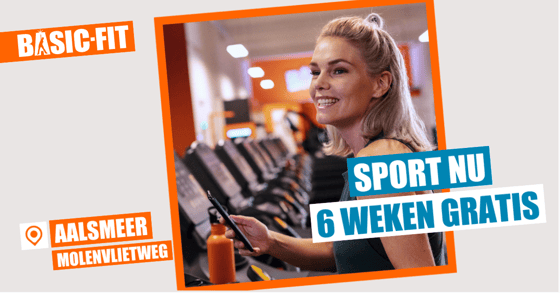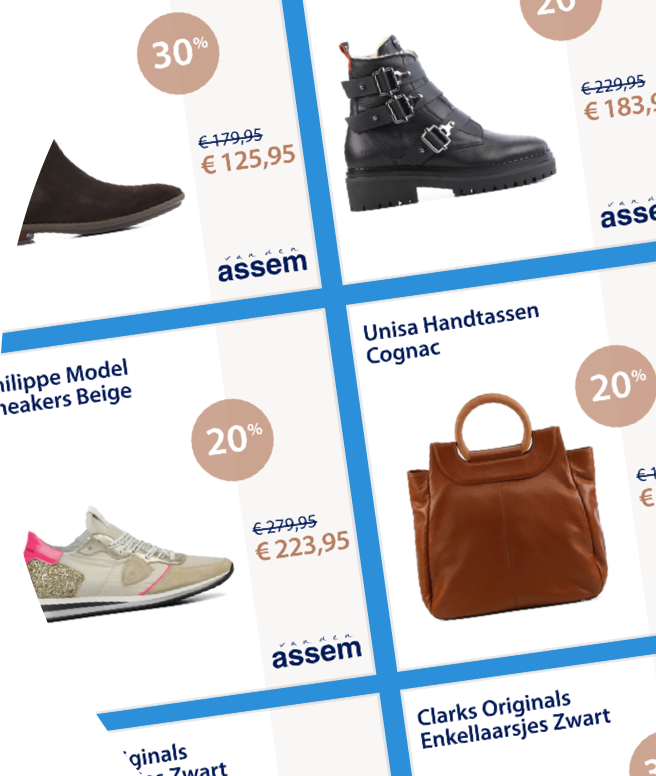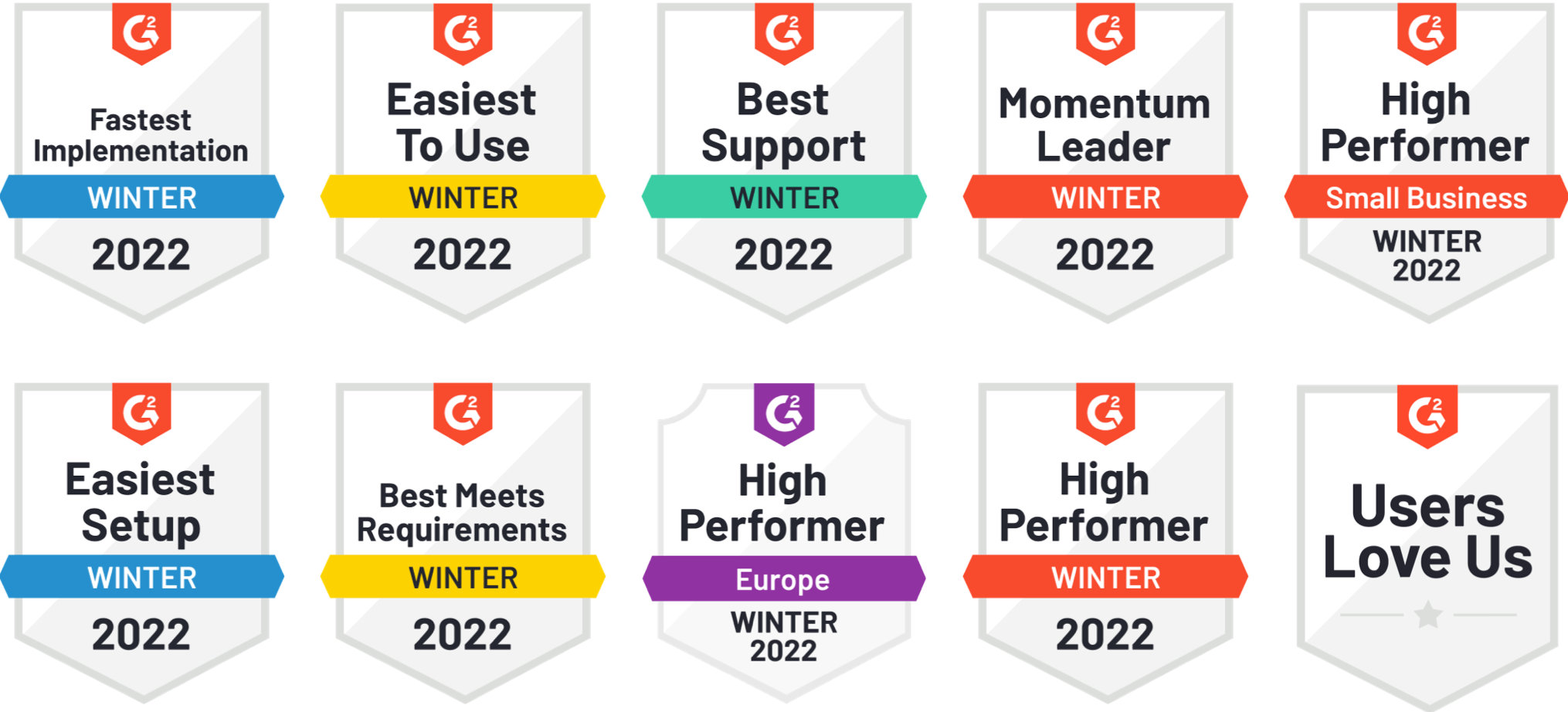Retailers have discovered how to successfully leverage feed based marketing to lift sales for some time now. Dynamic retargeting (dubbed remarketing by Google) is the name of the game. Inspired by success, marketers across all industries are starting to apply dynamic technology. They do not limit themselves to retargeting. Instead, they apply smart, data-driven tactics to increase brand awareness or prospect new customers.
Car dealers, for example, may want to show the address of a specific dealership to audiences in that area. Let's assume that consumers often do financial administration on rainy days. This makes weather based ads very appealing to advertisers in consumer finance. And why not create a Facebook feed of all your blog posts attract new customers with specific, targeted content?
In this post, we will outline how dynamic ads can be applied throughout the marketing funnel.
Using feeds for brand awareness
With the rise of programmatic, branding efforts have become more targeted, efficient, and in some cases, even measurable. Increasingly, dynamic ads are contributing to high-impact campaigns. British Airways’ ingenious campaign that combines live feed data with an interactive Digital Out of Home ad generated incredible chatter.
Dynamic ads help advertisers make their ads more relevant, remarkable and noteworthy. When live data or contextual circumstances like weather or past behaviour are used in a creative way, ads are suddenly brought to life and will have a bigger impact. Have a look at this example by Cornetto, using dynamic technology to create thousands of personal messages of love.
Data driven ads don’t have to be as complex as the examples above. Simply showing the address or location of the closest store can make a lot of difference. Similarly, ads that change their appearance based on weather circumstances will be much more noticeable than generic ads that always look the same.
Using feeds for prospecting
Dynamic ads used for prospecting are much more likely to be successful at finding and converting new customers that haven’t visited your website yet. For example, Adaplo has reported an average 22% drop in CPC and 46% increase in ROAS deploying dynamic prospecting on Facebook and Google.
So, what makes dynamic prospecting different from dynamic retargeting? Whereas dynamic retargeting aims to bring back website visitors, the goal of dynamic prospecting is to find new, in-market audiences that didn’t visit your website yet. Dynamic prospecting ads will feature products that are most relevant to users’ interests and profile and are most likely to generate conversions. Both Google and Facebook offer this technology.
Dynamic prospecting ads will feature products that are most relevant to users’ interests and profile and are most likely to generate conversions.
Dynamic prospecting ads preferably feature multiple products. Consumers that are still in the orientation phase now get an impression of offers that are relevant to them specifically and will be enticed to go and browse your website.
Showing a product is not the only way to be relevant. In the example below, Basic Fit (a chain of health clubs) uses geo to connect their audience to a nearby location. This image ad runs on Facebook and uses a feed containing the locations of all their clubs. An offer is thrown in to encourage clicks and generate conversions.

Dynamic retargeting best practices
Also known as dynamic remarketing, feed based retargeting ads have proven their worth a long time ago. Depending on your source, 92% to 96% of your website visitors leave without converting. Getting them back is done most effectively with the most relevant ads. These learnings will help you:
- Build a different ad set for each audience segment
Homepage visitors may be retargeted with some general ad or piece of information. Product page visitors could be re-targeted with some social proof like reviews. Show shopping cart and funnel abandoners a product and a USP like free returns or same-day delivery. Past purchasers should see a related product that may or may not be on sale.
- Show just one product to late funnel audiences
People that have already browsed some products are looking for the most relevant one. Our research shows that shopping cart abandoners convert best when only the most relevant item is displayed.
- Be brand consistent
For some reason, some marketers seem to let go of their branding in the retargeting phase. Maybe because retargeting budgets are smaller, or maybe because some platforms offer free generic templates that are easy to use. Whatever the reason, sticking to your branding ensures brand consistency and causes you to stand out.
Sometimes feed based display ads are hard to get your head around. Feed specifications may vary per platform and industry. Setting up a dynamic campaign can be confusing. Feel free to
reach out if you need some help.





